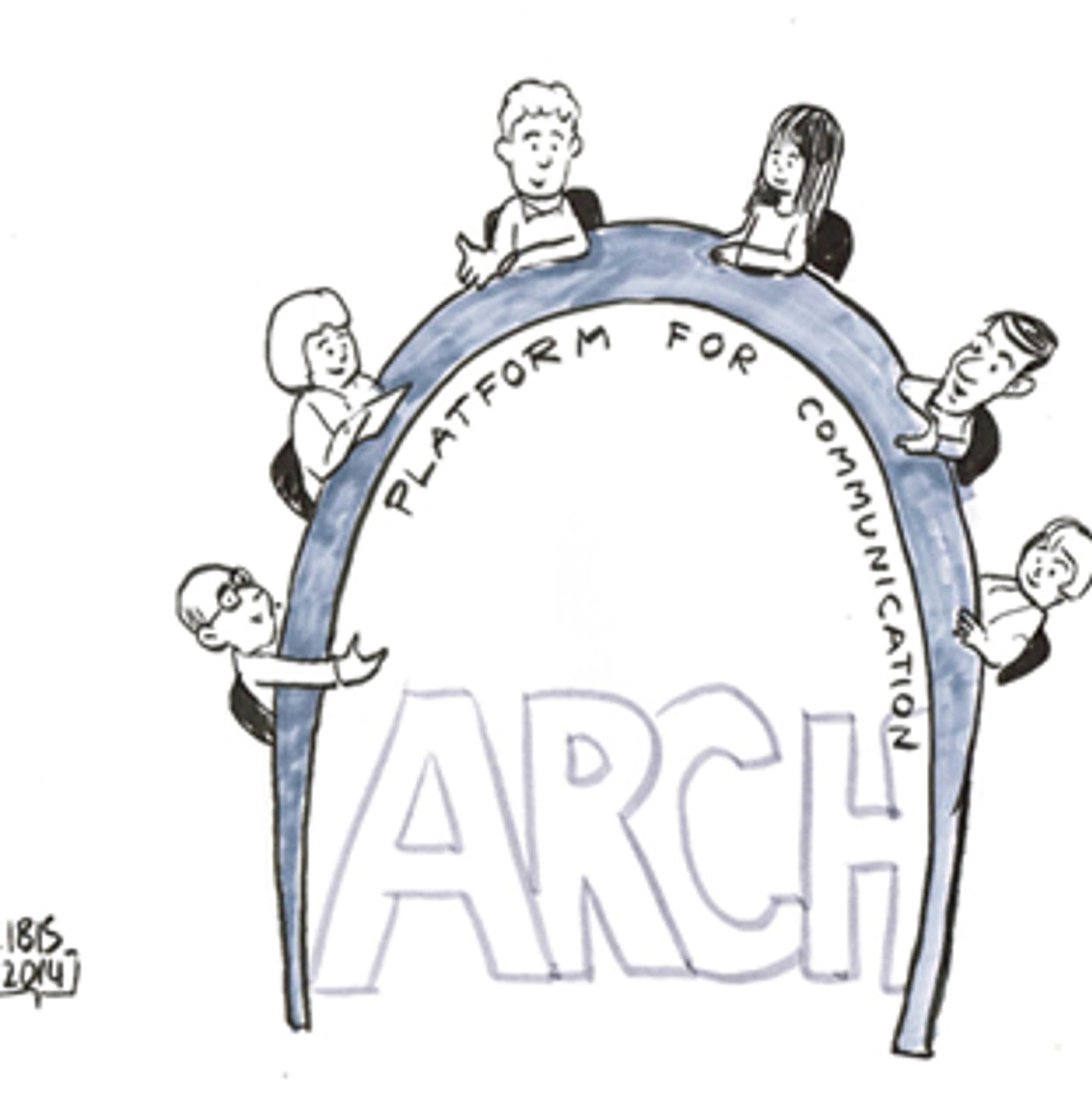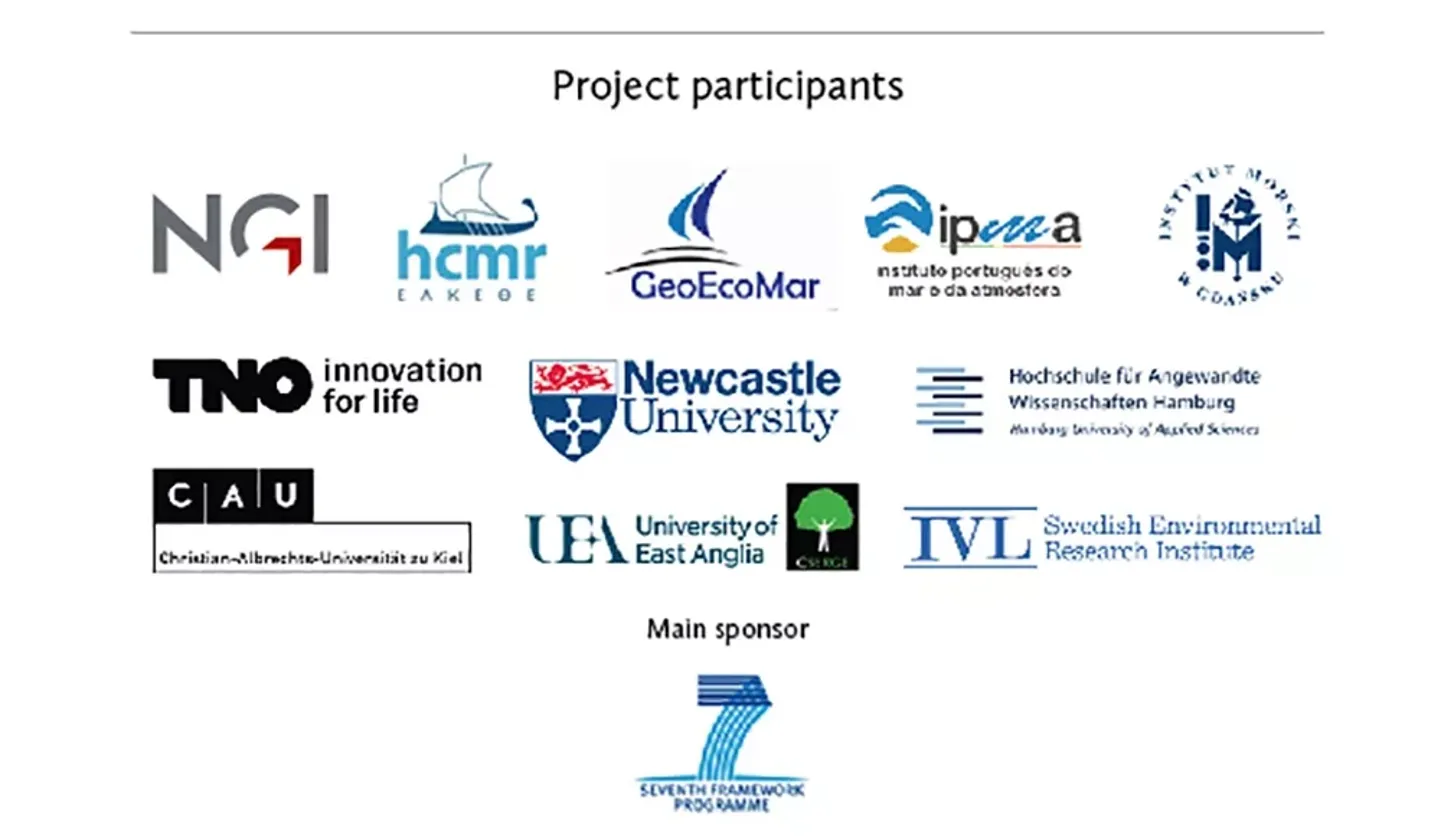The ARCH Final Conference was June 24th - June 26th 2015 at Newcastle University, Newcastle UK. The final conference aim was to bring together academics and practitioners from across Europe to discuss the challenges and opportunities facing those living, working and managing lagoons and other estuarine environments. The organisers welcomed abstracts exploring the complexities involved in the management and governance of socio-ecological systems such as lagoons, particularly addressing the themes:
- Multidisciplinary science in coastal zone management
- Stakeholder participation towards policy implementation
- Ecosystem services in lagoon management
- Case studies to illustrate balancing multiple pressures in lagoon and estuary management
- Bridging the scientific/local knowledge gap
Background
Lagoons and estuaries are located at the interface between land and sea and the transition between fresh and salt water. They represent highly dynamic and productive ecosystems with a very complex structure. Lagoons are characterized by the transition from land to coast and the boundary of land and water.
The coastal transitional environment encompasses the physical boundary of land to water and water to sediment as well as water to air. Depending on the bottom morphology, steep gradients in salinity can exist due to the transition from fresh to salt water. There is a gradual transition from lagoons to estuaries (including fjordal systems) depending on the fresh water input and the degree of contact with the open sea.
This creates a very dynamic environment with respect to physical processes like sedimentation as well as biological processes. Estuaries and lagoons are among the most productive marine ecosystems in the world. They are strongly influenced by rapidly changing conditions resulting in a naturally stressed system. The abundance of natural tolerant species makes it difficult to distinguish between natural stressors and anthropogenic stressors.
Lagoons are also sites of high human activity as they formed natural harbours and protection against storms in historic times. Abundance of fish has formed the basis for settlements and economic development. In modern times tourism is a major driving force for its regional development. Multiple pressures originating from urban, industrial, agricultural, and recreational activities has resulted in conflicting interest between the different stakeholders depending on the proper functioning of the lagoon. Balanced ecologic, social, economic and cultural development is required.
The EU Commission has taken the lead to promote Integrated Coastal Zone Management (ICZM) to balance the management of these systems. However, there are concerns that climate change, increasing urbanisation and industrialisation will exacerbate the existing pressures even further. The question arises as how best to address these pressures while minimising the environmental, economic and social vulnerabilities associated with the impacts.
Collapse of lagoon ecosystems will have far reaching effects on the regional development, social cohesion and economy and thus requires an active management strategy to not exceed the resilience of the estuarine system. Management strategies for lagoons and estuaries should be based upon two solid pillars: science and policy. The challenge for implementing existing science and policy is the lack of integration and interpretation between the two, which is a major hindrance for application by lagoon managers, policy makers and stakeholders at the lagoon scale.
A central feature of ARCH is to overcome this limitation by actively using existing knowledge and policy to form the base of the management strategy and to apply them in lagoon systems throughout Europe.
Objectives
The central objective of the project is to develop participative methodologies in collaboration with the involved managers, policy makers and stakeholders to manage the multiple problems affecting lagoons in Europe. This will generate realistic solutions and provide roadmaps for their implementation at the lagoon scale.
Three main challenges for the improvement of "sustainable lagoon management" are supported by the ARCH research project, these include the transition:
- From segregated disciplinary scientific results to well integrated and usable scientific knowledge;
- From "government" to "governance": from sectoral policies towards sustainable management;
- From an unaware and uninformed "lagoon community" towards an involved and well-informed community.
ARCH will:
- Promote an integrated research approach to minimise the boundaries between the multiple scientific disciplines related to understanding the vulnerabilities of lagoon and estuary systems now and in the future.
- Integrate existing scientific information in the context of ecosystem services to assess the state of the social, economic and ecological framework for the established lagoon case study sites and link this to a spatial planning methodology.
- Employ a true participatory process with stakeholders including policy makers, authorities, NGO's and businesses to describe each lagoon system and prepare "state-of-the-lagoon" reports.
- Formulate realistic strategies towards sustainable lagoon management, in light of present and future pressures including climatic change, increased urbanisation and industrialisation and develop "Roadmaps for lagoon management".
- Ensure legacy of the project by developing architecture for a roadmap for implementation of an integrative and adaptive management framework with an emphasis on governance based on understanding the vulnerability of lagoons and estuaries.








